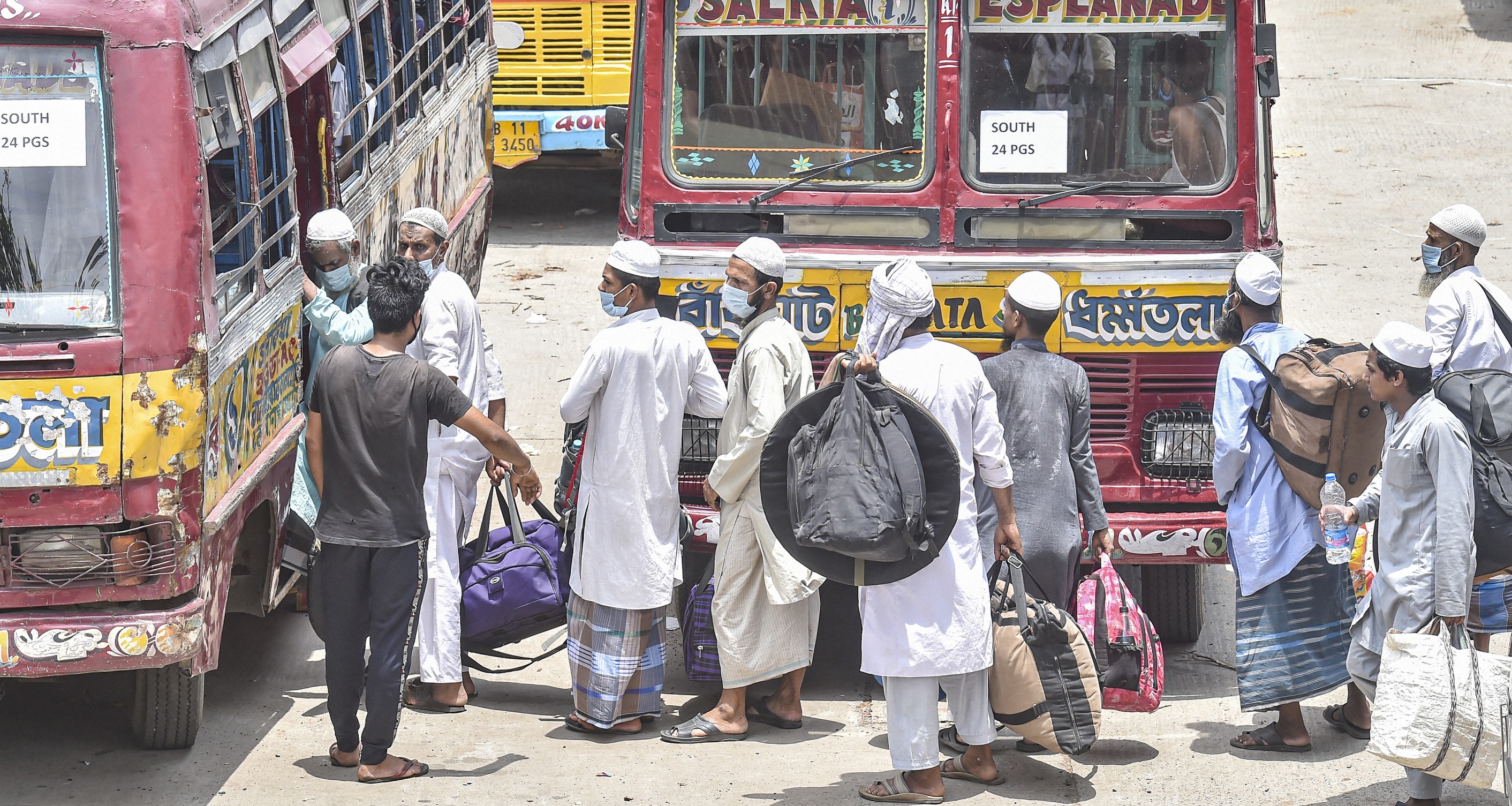
Indian middle class and poor hit hardest by global pandemic
In South Asia – a geographical region comprising India, Afghanistan, Pakistan, Bangladesh, Nepal, Bhutan, Sri Lanka, and the Maldives – India saw the biggest increase in poverty levels, the report notes

A recent report on the effect of COVID-19 on the global economy says 54 million fewer people climbed the ranks of the middle class in 2020 than the number projected prior to the onset of the pandemic.
Meanwhile, the number of poor is estimated to have been 131 million higher because of the COVID-induced recession, according to analysis by the Pew Research Centre.
The drop-off in the middle-class was centred in South Asia and in East Asia and the Pacific. South Asia, along with Sub-Saharan Africa, accounted for most of the increase in poverty.
In South Asia – a geographical region comprising India, Afghanistan, Pakistan, Bangladesh, Nepal, Bhutan, Sri Lanka, and the Maldives – India saw the biggest increase in poverty levels, the report notes.
As defined in the report, the poor live on $2 or less daily, low income on $2.01-$10, middle income on $10.01-$20, upper-middle income on $20.01-$50 and high income on more than $50.
Asia accounted for most of the shrinking of the global middle class last year (by 32 million in South Asia and by 19 million in East Asia and the Pacific).
Also read: Inflation? Growth? There’s much ado over ideal monetary policy target
South Asia (78 million) and Sub-Saharan Africa (40 million) – historically among the poorest nations in the world – account for the biggest rise global in poverty. The report does not give figures for India, but says the country is the hardest-hit in the region.
“The estimated loss (relative to pre-pandemic expectations) of 32 million people from the middle class in South Asia is notable for two reasons,” the report says.
“First, the region contributed the most to the shrinking of the global middle class in 2020 despite having a middle-income population smaller than several other regions. Second, the percentage decrease in South Asia’s middle-income population from what was previously expected (26%) is much greater than in any other region. Although East Asia and the Pacific shed 19 million from the middle-income tier, that represented only 3% of its middle class.”
“The erosion in the middle class might have been deeper if not for the fact that China – which is home to more than one-third of the global middle class – evaded an economic contraction, even though growth there was slower than anticipated,” the authors say elsewhere in the report.
Also read: Liberalisation and the making of ‘middle class’ myth
Sub-Saharan Africa has a total population of 1.14 billion. Some 494 million of them were expected to be living in poverty ahead of the pandemic in 2020, the authors say. South Asia, with a total population of 1.86 billion, was expected to be home to 104 million poor. “Nonetheless, South Asia is estimated to have added nearly double the amount of people to the ranks of the globally poor as Sub-Saharan Africa in the pandemic. The percentage increase in poverty in South Asia (75%) dwarfs the increase in Sub-Saharan Africa (8%).
South Asia’s outsized role was the result of the region seeing the sharpest reduction in economic growth in the pandemic. Economy activity in India was especially affected by the national lockdown declared by the government in March 2020.


